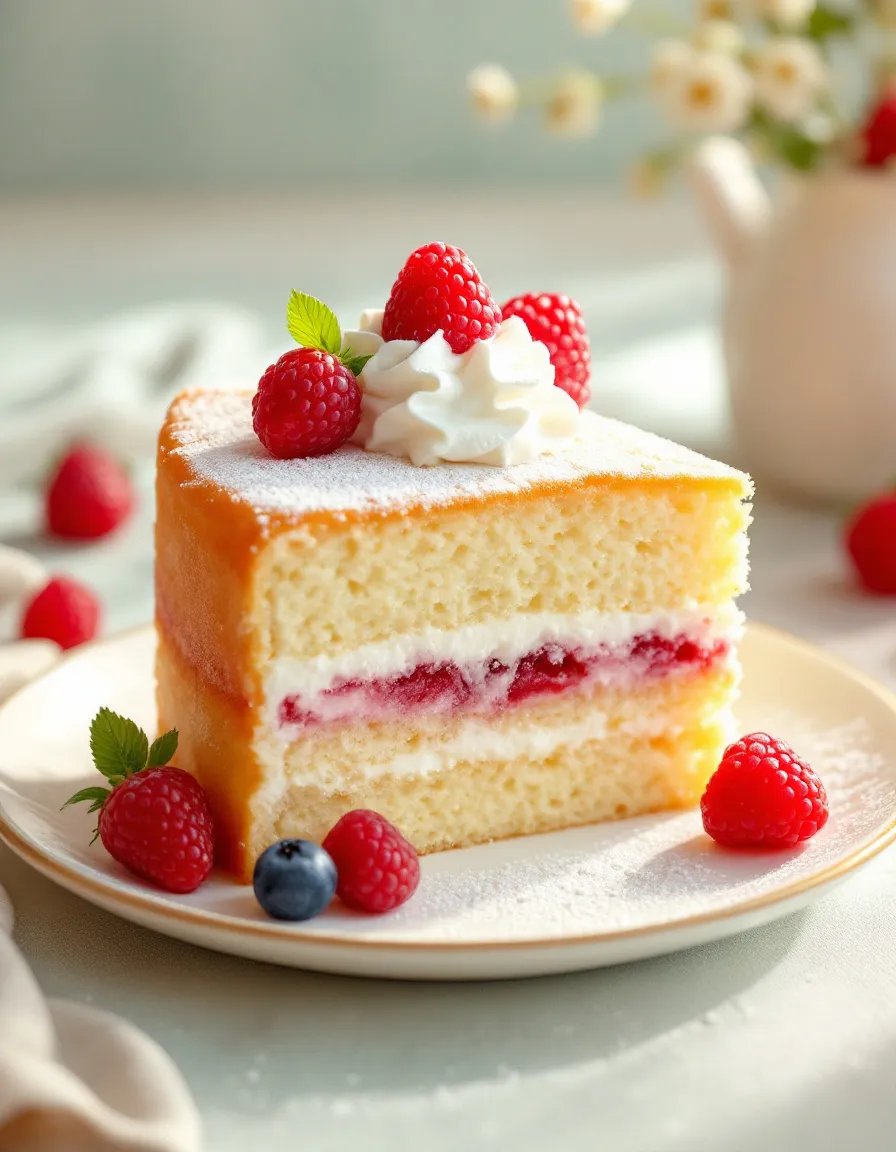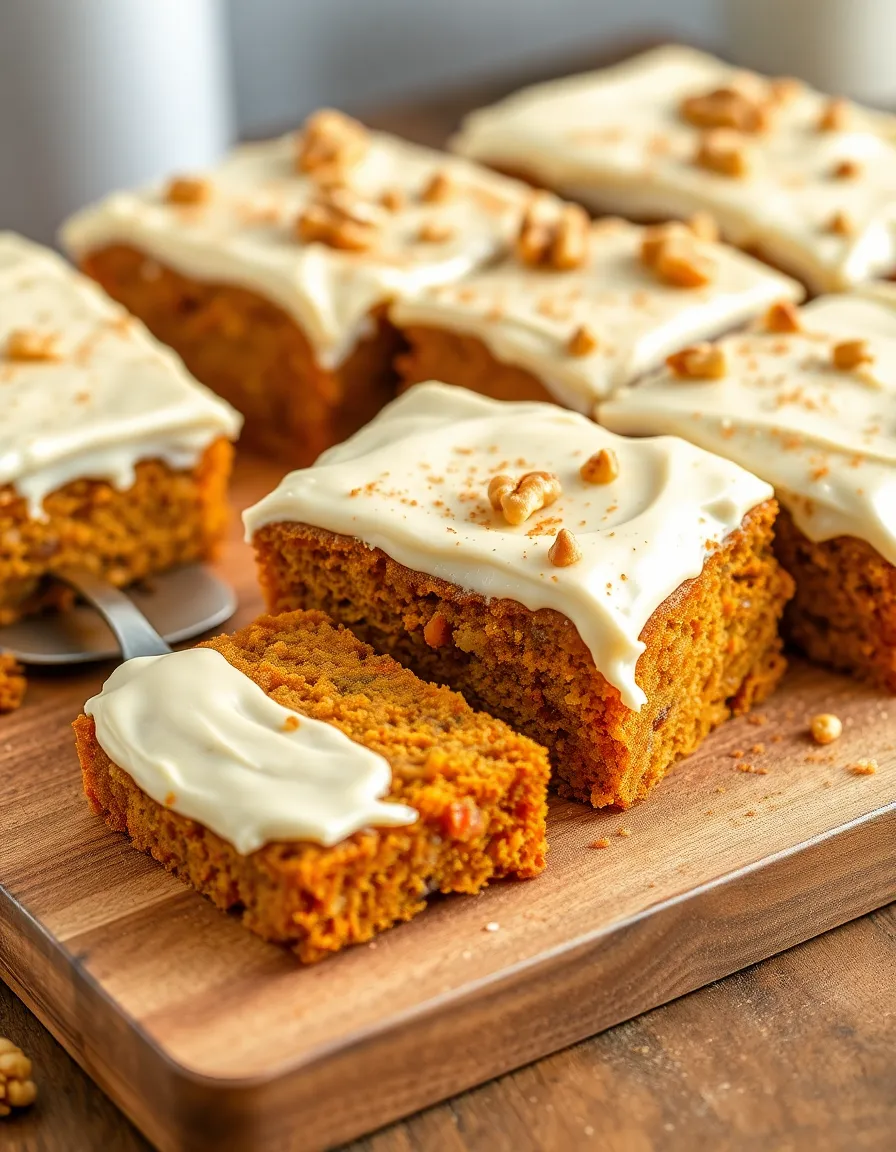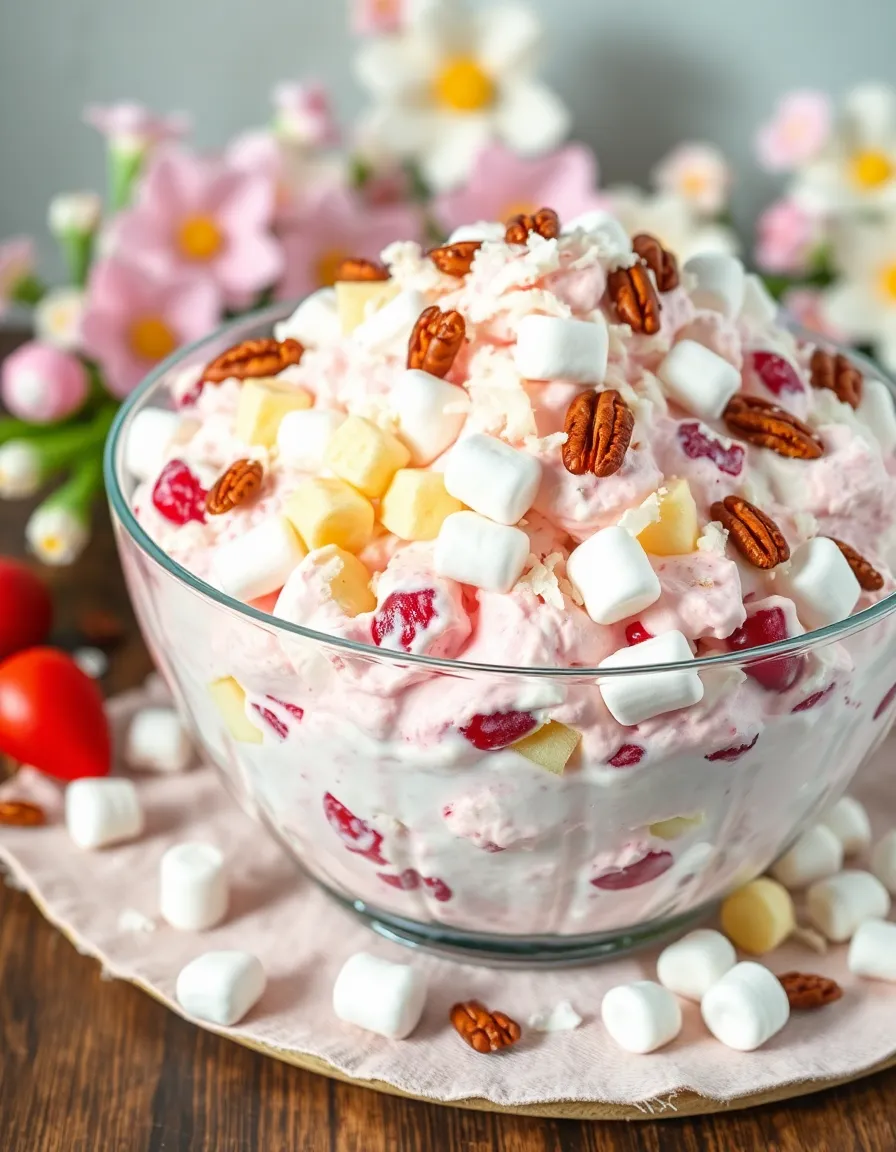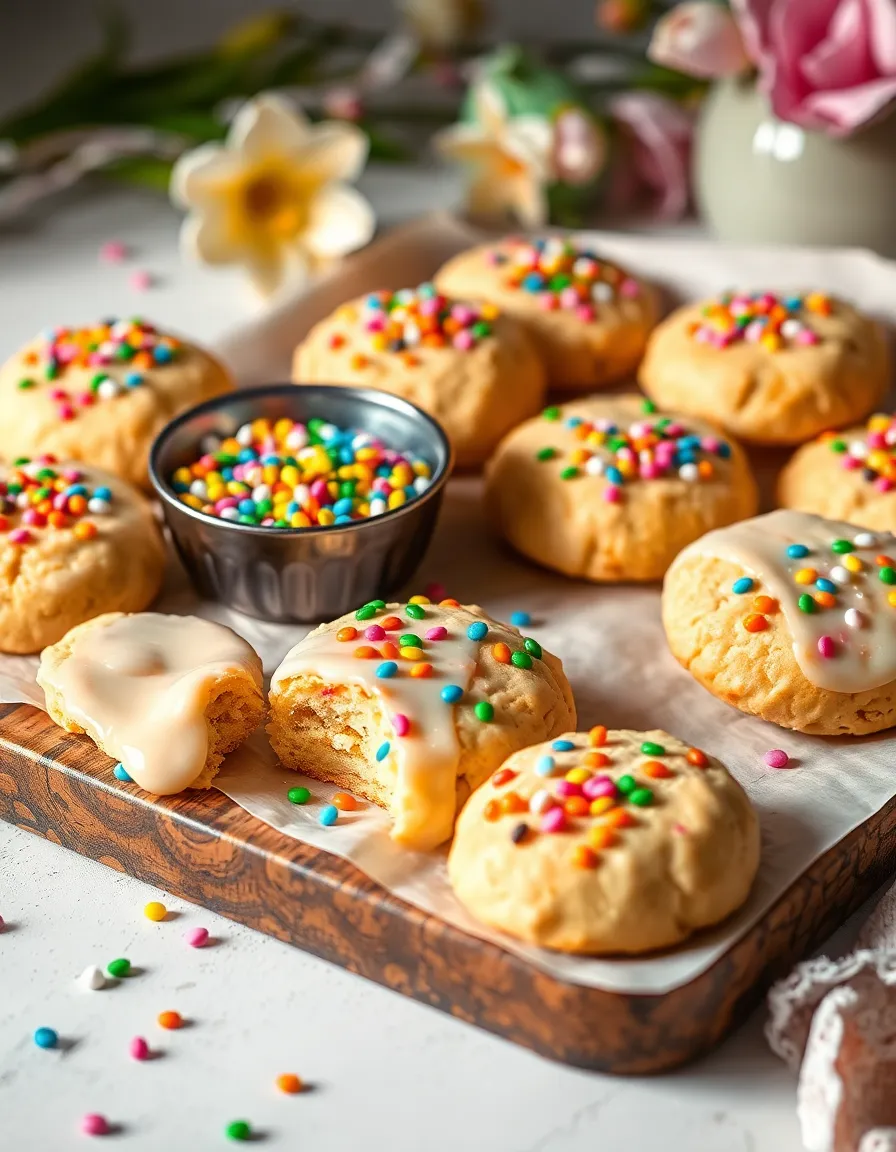Japanese Cotton Cake: The Lightest, Fluffiest Dessert You’ll Ever Make
Japanese Cotton Cake is a dreamy, cloud-like dessert that melts in your mouth with every bite. Unlike traditional sponge cakes, this delicate treat has an ultra-light texture, thanks to its unique meringue-based batter. Originating from Japan, this cake is a perfect balance of sweetness and airy softness, making it an ideal dessert for any occasion.
Imagine slicing into a cake so tender it jiggles slightly, revealing a golden top and a creamy interior. The subtle vanilla aroma and buttery undertones make this Japanese Cotton Cake irresistible. Whether you’re serving it at a dinner party or enjoying it with afternoon tea, this dessert is guaranteed to impress. Plus, it’s surprisingly easy to make with just a few simple ingredients!
Quick Recipe Highlights
- Flavor Profile: Delicate vanilla with a hint of butter, lightly sweetened for a balanced taste.
- Texture: Ultra-light, jiggly, and melt-in-your-mouth soft—like a cross between cheesecake and soufflé.
- Aroma: Sweet vanilla and warm butter notes that fill the kitchen as it bakes.
- Visual Appeal: Golden-brown top with a creamy interior that wobbles slightly when moved.
- Skill Level Needed: Intermediate—requires careful folding of meringue into batter for the perfect rise.
- Special Equipment: Springform pan, electric mixer, and water bath setup for even baking.
Recipe Overview
- Difficulty Level: While not overly complex, this recipe requires precision in whipping egg whites and folding them gently to maintain airiness.
- Category: Dessert—perfect for celebrations, tea time, or a light sweet treat.
- Cuisine: Japanese-inspired, blending Western baking techniques with Asian dessert sensibilities.
- Cost: Budget-friendly—uses pantry staples like eggs, flour, sugar, and butter.
- Season: Great year-round, but especially delightful in spring and summer for its light texture.
- Occasion: Ideal for birthdays, afternoon tea, or as an elegant dinner party finale.
Why You’ll Love This Japanese Cotton Cake
This Japanese Cotton Cake is unlike any other dessert you’ve tried. Its ethereal texture makes each bite feel like you’re eating a sweet cloud. The cake is subtly sweet, allowing the natural flavors of butter and vanilla to shine without overwhelming richness.
One of the best things about this recipe is its versatility. You can serve it plain for a minimalist dessert or dress it up with fresh berries, whipped cream, or a dusting of powdered sugar. It’s also a fantastic make-ahead dessert since it chills well and retains its delicate texture.
Nutritionally, this cake is lighter than most desserts, with fewer calories per slice compared to dense butter cakes. The use of whipped egg whites adds volume without extra fat, making it a slightly better option for those watching their intake.
Socially, this cake is a showstopper. Its jiggly, soufflé-like appearance sparks conversation, and its delicate flavor appeals to a wide range of palates. It’s perfect for gatherings where you want to impress without serving an overly heavy dessert.
Cost-wise, this cake is economical. Basic ingredients like eggs, sugar, and flour form the base, and you likely already have them in your pantry. No need for expensive add-ins—just pure, simple goodness.
Historical Background and Cultural Significance
The Japanese Cotton Cake, also known as “Japanese Cheesecake” or “Soufflé Cheesecake,” originated in Japan but draws inspiration from Western-style sponge cakes. It became popular in the 1990s and has since gained international fame for its unique texture.
Unlike traditional cheesecakes, this version is much lighter, incorporating a meringue-based batter for a soufflé-like consistency. It reflects the Japanese preference for desserts that are less sweet and more delicate compared to their Western counterparts.
Over time, variations have emerged, including matcha-flavored or chocolate-infused versions. However, the classic vanilla remains the most beloved, often served in Japanese bakeries and cafes as a premium dessert.
Regionally, you’ll find slight differences—some versions use cream cheese for extra richness, while others stick to a simpler egg-and-butter base. Regardless of the variation, the hallmark of a true Japanese Cotton Cake is its cloud-like softness.
Ingredient Deep Dive
Eggs: The star of this recipe, eggs provide structure and lift. The whites, when whipped, create the airy texture, while the yolks add richness. Use room-temperature eggs for best volume.
Butter: Adds moisture and a subtle richness. Unsalted butter is preferred to control the sweetness. Melt it gently to avoid browning.
Flour: Cake flour is ideal for its low protein content, ensuring a tender crumb. All-purpose flour can work but may yield a slightly denser texture.
Sugar: Fine granulated sugar dissolves easily into the meringue. Some recipes use a mix of sugar and honey for added moisture.
Milk: Whole milk provides the best richness, but low-fat milk can be used. Some variations substitute with heavy cream for extra decadence.
Common Mistakes to Avoid
- Overmixing the batter: This deflates the egg whites, resulting in a dense cake. Fold gently until just combined.
- Incorrect oven temperature: Too hot, and the cake cracks; too low, and it won’t set properly. Use an oven thermometer for accuracy.
- Skipping the water bath: The steam is crucial for even baking and preventing dryness.
- Opening the oven too soon: Sudden temperature drops can cause the cake to collapse.
- Using cold eggs: Room-temperature whites whip up much better for stable meringue.
Essential Techniques
Whipping Egg Whites: Beat the whites to stiff peaks—they should hold their shape when the whisk is lifted. Adding sugar gradually helps stabilize the meringue.
Folding: Use a spatula to gently incorporate the meringue into the batter. Cut through the center and fold over to maintain airiness.
Water Bath Baking: Place the cake pan in a larger pan filled with hot water. This gentle heat ensures even cooking and prevents cracks.
Cooling Gradually: Let the cake cool in the oven with the door slightly ajar to prevent sinking.
Pro Tips for Perfect Japanese Cotton Cake
- Use a springform pan wrapped in foil to prevent water seepage during the water bath.
- Sift the flour for a smoother batter with no lumps.
- Add a splash of lemon juice or vinegar to the egg whites for more stable peaks.
- Bake on the lower rack to prevent over-browning the top.
- Chill the cake before serving for cleaner slices.
Variations and Adaptations
Matcha Cotton Cake: Add 1 tbsp matcha powder to the flour for a vibrant green tea flavor.
Chocolate Version: Mix in 2 tbsp cocoa powder for a rich twist.
Citrus Zest: Fold in lemon or orange zest for a bright, refreshing note.
Cheesecake Hybrid: Blend 4 oz cream cheese into the batter for extra creaminess.
Serving and Presentation Guide
Serve chilled or at room temperature. Dust with powdered sugar or top with fresh berries for elegance. Pair with whipped cream or a drizzle of fruit coulis for added flair.
Storage and Shelf Life
Store covered in the fridge for up to 3 days. For longer storage, freeze slices wrapped in plastic for up to a month. Thaw in the fridge before serving.
Frequently Asked Questions
Q: Why did my cake sink?
A: This usually happens if the cake is underbaked or cooled too quickly. Ensure proper baking time and gradual cooling.
Q: Can I make this gluten-free?
A: Yes! Substitute cake flour with a gluten-free blend for similar results.
Q: How do I prevent cracks?
A: Avoid overmixing, use a water bath, and bake at the right temperature.
The Recipe
Japanese Cotton Cake
Serves: 8
Prep Time: 20 mins
Cook Time: 60 mins
Total Time: 80 mins
Kitchen Equipment Needed
- 8-inch springform pan
- Electric mixer
- Large roasting pan (for water bath)
- Parchment paper
Ingredients
- 4 large eggs, separated
- ½ cup granulated sugar
- ¼ cup unsalted butter
- ⅓ cup milk
- ½ cup cake flour
- 1 tsp vanilla extract
- Pinch of salt
Directions
- Preheat oven to 320°F (160°C). Line the springform pan with parchment.
- Melt butter and milk together, then whisk in flour until smooth. Add yolks and vanilla.
- Beat egg whites with salt until foamy. Gradually add sugar, beating to stiff peaks.
- Fold meringue into yolk mixture gently until combined.
- Pour into prepared pan. Place in a water bath and bake for 60 minutes.
- Turn off oven, crack the door, and let cool for 15 minutes before removing.
Recipe Notes
- For best results, chill before serving.
- Substitute cake flour with all-purpose if needed, but texture may vary.






